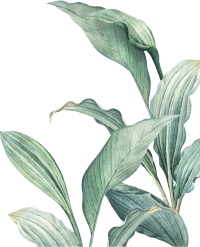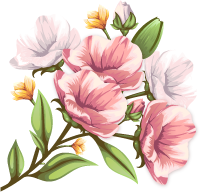Introduction to Tarot Cards
Tarot cards are a powerful tool used for divination, self-reflection, and guidance. Each Tarot deck consists of various types of cards, each serving a unique purpose in readings. Understanding the different types of Tarot cards is essential for accurate interpretation and effective use of the deck.
Major Arcana
The Major Arcana consists of 22 cards that represent significant life events, spiritual lessons, and major influences. These cards are often considered the most impactful in a Tarot reading. Each card embodies deep archetypal symbols and themes. Key cards include:
- The Fool: Symbolizes new beginnings and adventures.
- The Magician: Represents manifestation and resourcefulness.
- The High Priestess: Reflects intuition and inner wisdom.
- The Empress: Denotes abundance, creativity, and nurturing.
Minor Arcana
The Minor Arcana consists of 56 cards divided into four suits, each representing different aspects of daily life. Each suit has 14 cards, including numbered cards and court cards. The suits are:
- Wands: Associated with creativity, action, and ambition.
- Cups: Linked to emotions, relationships, and intuition.
- Swords: Represents intellect, conflict, and challenges.
- Pentacles: Relates to material aspects, career, and finances.
Court Cards
The court cards are part of the Minor Arcana and include:
- Page: Represents youthful energy, exploration, and new opportunities.
- Knight: Symbolizes action, drive, and pursuit of goals.
- Queen: Embodies nurturing qualities, emotional depth, and intuition.
- King: Represents leadership, authority, and mastery in a given area.
Special Tarot Cards
Some Tarot decks include additional cards or variations, such as:
- Extra Major Arcana: Some decks feature additional Major Arcana cards with unique themes.
- Bonus Cards: Special cards that provide extra layers of meaning or guidance in a reading.



